St. George’s Day (Gergyovden), celebrated on May 6, is one of Bulgaria’s most cherished holidays. It beautifully weaves together Christian […]
St. Trifon’s Day | The Wine Holiday

St. Trifon’s Day, also known as Trifon Zarezan is a labor custom related to the first agriculture process in the annual cycle of vine processing - spring pruning.
In the Bulgarian national calendar, there are many and various important labor holidays related to vine pruning and winemaking.
All these border periods in the cultivation of the vine and the production of wine are more or less customarily and ritually marked in folk tradition by being attached to certain calendar saints.
The day of wine, vintners, bartenders and gardeners.
One of the most stable, but also the most controversial and complicated in its historical essence customs in the Bulgarian folk calendar - Trifon Zarezan.
In the Orthodox calendar, Saint Tryphon is celebrated on February 1st according to the new style, and /February 14th according to the old style/. The holiday is included in a cycle of three consecutive days called Trifunci. They are celebrated as follows: February 1 - St. Trifon’s Day; February 2nd - Meeting of the Lord and February 3rd - St. Simeon`s Day. The last two days are associated with the introduction of Jesus Christ into the temple by St. Simeon, and in the folk tradition, they are celebrated in honor of the wolves that give birth to their cubs during this period. There are several rules that must be observed for protection against wolves, such as women must not cut with scissors, or knit and sew, for protection against wolves
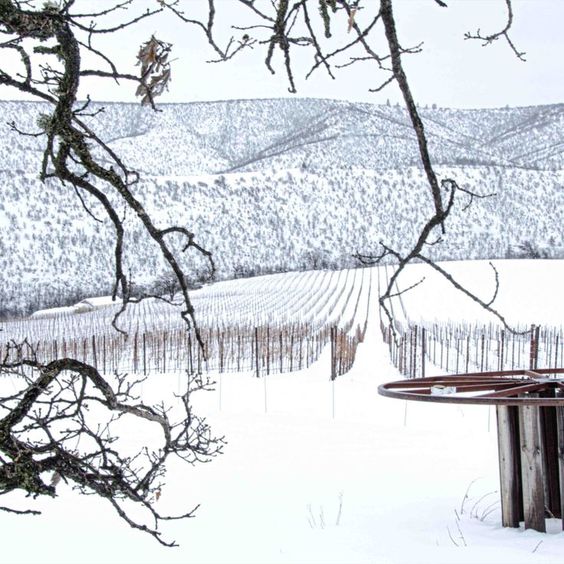

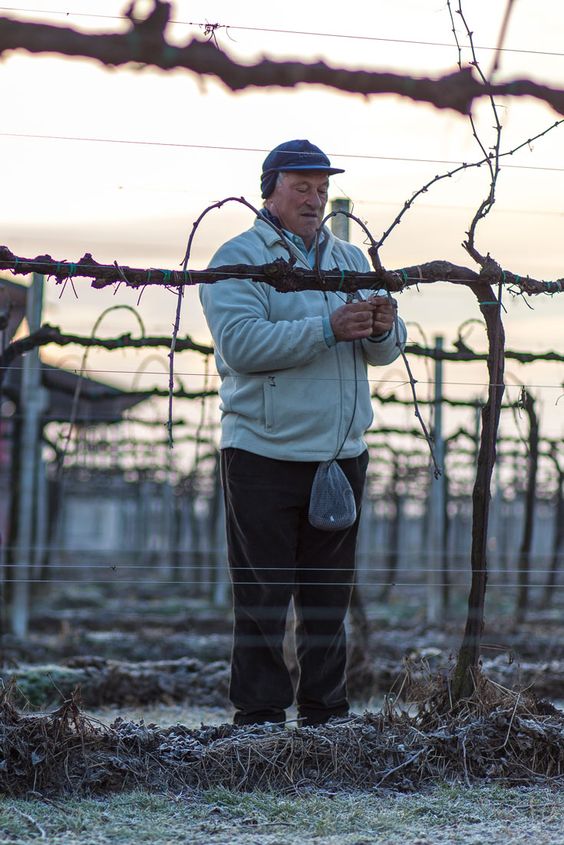
Legend
Although every year the holiday enjoys great attention and is celebrated noisily with much merriment and smiles, few of us know the story of its origin.
According to the Orthodox Church, the Holy Martyr Tryphon was born around 225th in the village of Komsada. He lived righteously and died because of his refusal to reject the Christian faith. During the persecutions against the Christians, the saint was arrested, tortured, and beheaded.
And while the life of Saint Tryphon introduces us to a man whose path was filled with many torments, folk traditions in some parts of the country claim that he was the brother of the Mother of God.
The legend says that one day in early February, while Tryphon was pruning the vineyard, he saw the Virgin Mary with a diaper in her arms and laughed at her. The Holy Mother went home without saying a word. Passing by his house, she told his wife to run to bandage her husband because he had cut off his nose. The woman ran and saw that Tryphon, a little drunk, cut off the old growths. He was surprised to see her so frightened, and she hastily shared what the Holy Mothe had told her. Tryphon laughed again, saying he was not that drunk, to cut off his nose. He stopped to show, waved his scythe, and flicked his nose - hence the different names of the holiday - Zarezanovden, Trifun Chipia, Trifun Zarezoi, Trifun drunkard.
Traditions
Regardless of its origins in the past, Tryphon Zarezan was associated with many customs, some of which have been preserved to this day.
Tradition required the housewife to get up early in the morning and knead and bake ritual bread decorated with a vine leaf. In addition to the bread, a chicken stuffed with rice or bulgur must also be prepared. She put everything together with a bottle of wine in a new woolen bag and with this load sent her husband to the vineyards.
With such bags on their shoulders, the men go to the vineyard. There they cross themselves, take the shears and each cut three sticks from three hubs. After that, they cross themselves again and throw wine into the vines. This ritual is called pruning.
The practices with the vine sticks are among the most essential, along with the cutting, the pouring of wine, and the blessings. They are an important attribute of the holiday. In Northern Bulgaria, in the villages along the Danube, sticks are thrown into the river so that the wine flows as the Danube flows. One of the sticks is always folded into a wreath, which is placed on the cap, around the waist, or over the shoulder. The "crown" of the viticulturist king is also prepared from vine sticks. This is usually the most generous and respected man in the village or the one under whose past reign the vineyards enjoyed favorable weather and fertility.
The "king" is hung with a wreath of geranium, boxwood, and young vine branches - a ritual that again reminds us of the ancient Thracian god Dionysus. He sits on a wheelwright, and the vintners pull the wheelwright and to the sounds of bagpipes, bugles, and drums, they head to the village or town. They stop in front of every house, and the hostess of the house brings out wine and gives it to the king to drink, then draws the people from his retinue. The remaining wine in the cauldron is poured over the king with a blessing. After reaching his home, the king changed into new clothes and sat down at a long table to welcome people from the whole village.
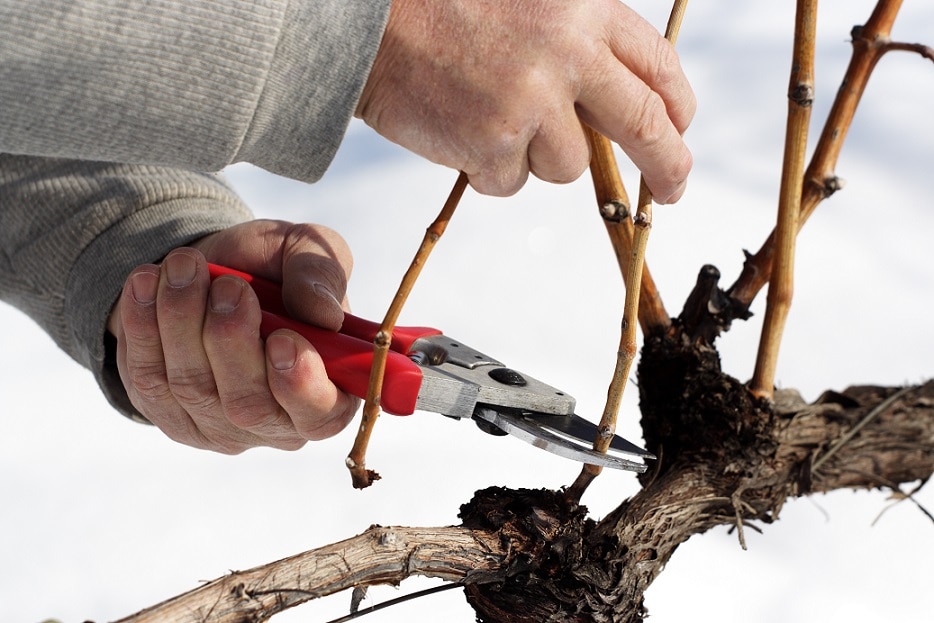
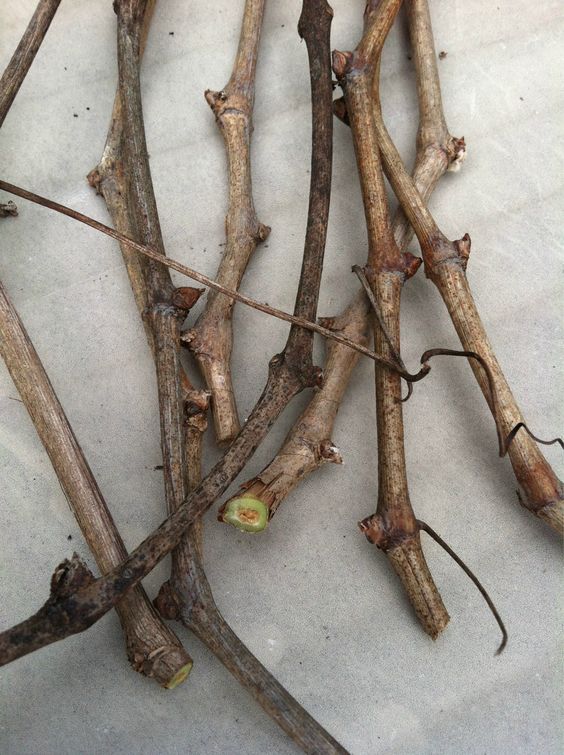
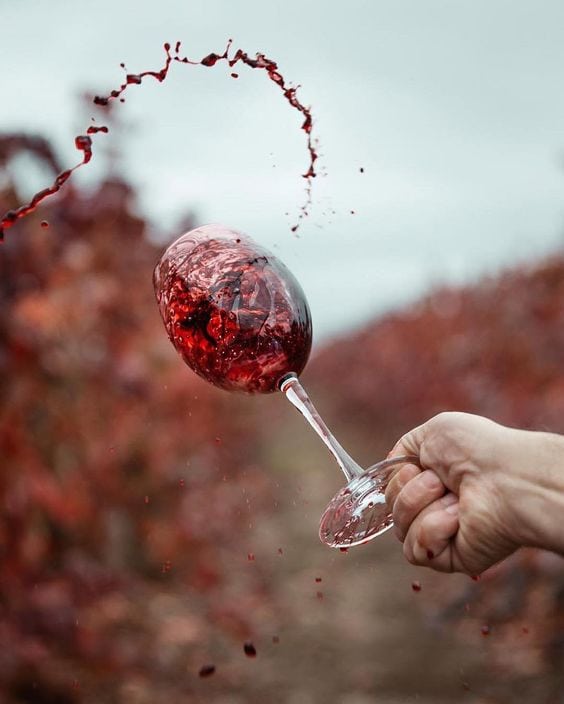
.
